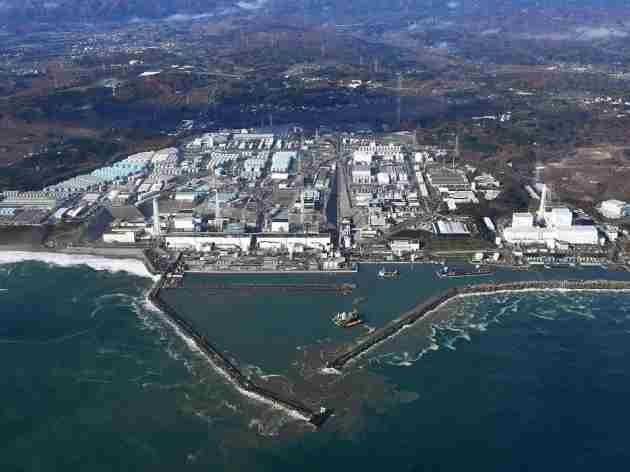Ten years after the nuclear leak, Fukushima, Japan: turning into a paradise for wildlife

According to a research report, over 267000 wild animal photos from Fukushima, Japan have recorded over 20 species of animals, including wild boars, Japanese rabbits, macaques, pheasants, foxes, raccoons, and more.
The latest study from the University of Georgia in the United States states states that the Fukushima nuclear leak in Japan has caused a disaster. The area is barren and shows no signs of human life. However, 10 years have passed now and it has become a paradise for wildlife, with a large variety of wildlife present.
A research report based on camera recording was published in the Journal of Ecology and Environment Frontiers. The report stated that over 267000 wild animal photos from Fukushima, Japan recorded more than 20 species of animals, including wild boars, Japanese rabbits, macaques, pheasants, foxes, and civets (close relatives of foxes).
James Beasley, a wildlife biologist at the University of Georgia, said: "A few years after the Chernobyl and Fukushima Daiichi nuclear disaster nuclear accidents, the scientific community and the public are very concerned about the survival of wildlife in the region, hoping to understand the impact of nuclear radiation on wildlife."
Previously, some research reports revealed the survival status of wildlife at the Chernobyl nuclear power plant, and recently scientists have begun to pay attention to Fukushima, Japan, 10 years after the nuclear leak.
Bisley said that our research results confirm for the first time that despite radiation pollution in Fukushima, there are still a large number of wild animals living in evacuation areas, with over 20 species. The camera captured species that were in conflict with humans in human evacuation areas, especially wild boars, indicating a significant increase in the number of these species after human evacuation.
Thomas Hinton, a professor at the Institute of Environmental Radiology at the University of Fukushima, and others discovered three areas with biodiversity in Fukushima. The relevant photographic data comes from 106 shooting points in these three areas, which are: high radiation contaminated unmanned areas; Restricted areas for human activities with moderate radiation pollution; Human habitable areas with lower environmental radiation pollution.
During the 120 days of camera observation, the camera took 46000 photos of wild boars, of which 26000 were taken in unmanned areas, 13000 were taken in restricted areas for human activities, and 7000 were taken in human habitable areas.
The Japanese iguana is an exception. It is a kind of mammal similar to a goat, usually far away from human beings, but its activity traces are frequently found in the highland areas inhabited by people in Fukushima. Researchers said that this may be a animal behaviour adjustment, and the iguana will avoid the wild boars with a large number of evacuation areas.
Other species photographed more frequently in no man's land and human activity restricted areas include raccoon, Japanese marten and Japanese macaque. Sinton pointed out that the latest research report is not an assessment and analysis of animal health, but only an observation record of the wildlife population in the region. This study plays an important role in investigating the impact of nuclear radiation on wildlife populations, while most previous studies have observed and analyzed the radiation hazards to individual animals. In this study, unmanned areas were used as control areas to minimize human entry.
Scientists claim that although there have been no previous statistics on the number of wild animals in the evacuation area, its geographical location and terrain are similar to human habitable areas, making it the best observation location.
The research team also evaluated the impact of other variables: distance from the main road, activity time recorded by the camera, vegetation type, and altitude. Bisley said, "From mountainous to coastal habitats, the terrain varies, and we know that there are different types of species in these habitats. To consider these factors, we included habitat and landscape attributes in our analysis, such as altitude
Based on these analyses, our research results show that human activity levels, altitude, and habitat types are the main factors affecting species numbers, rather than radiation levels.
The research results indicate that the activity patterns of most species are consistent with known behavioral patterns. Raccoons are nocturnal animals that are more active at night, while pheasants are daytime animals that are more active during the day. However, wild boars in uninhabited areas are more active than those in human habitable areas, indicating that they may change their behavior without human activity.
However, the Japanese iguana is an exception. It is a kind of mammal similar to a goat, which is usually far away from humans, but its activity traces are frequently found in the highland areas inhabited by people in Fukushima. The researchers said that this may be a animal behaviour adjustment, and the iguana will avoid the wild boars with a large number in the evacuation area.
Please specify source if reproducedTen years after the nuclear leak, Fukushima, Japan: turning into a paradise for wildlife | SCISOON

